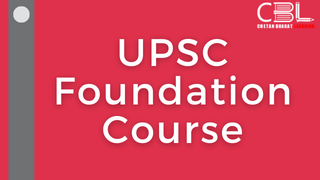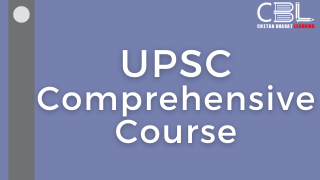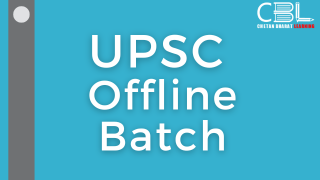Important for
Prelims: Science & Technology
Mains: General Studies III
What is in the News?
- John Goodenough, who shared the 2019 Nobel Prize in chemistry for his work developing the lithium-ion battery that transformed technology with rechargeable power for devices ranging from cell-phones, computers, and pacemakers to electric cars, has died at 100, the University of Texas announced on June 26.
- Goodenough, Whittingham and Yoshino received Nobel Prize in 2019 for Chemistry. Each had unique breakthroughs that laid the foundation for developing a commercial rechargeable battery.
Their Work
- The 1970s: Whittingham: Whittingham’s work in the 1970s harnessed the tendency of lithium — the lightest metal — to give away its electrons to make a battery capable of generating just over two volts.
- The 1980s: Goodenough had built on Whittingham’s work and doubled the battery’s capacity to four volts by using cobalt oxide in the cathode, one of the two electrodes that make up the ends of a battery.
- The 1980s: Yoshino: That battery remained too explosive for general commercial use. Yoshino’s work in the 1980s eliminated the volatile pure lithium from the battery and instead opted for lithium ions that are safer. The first lightweight, safe, durable and rechargeable commercial batteries entered the market in 1991.
- In 2017, Goodenough led a team of engineers to develop the first all-solid-state battery cells that could lead to safer, faster-charging, longer-lasting rechargeable batteries for handheld mobile devices, electric cars and stationary energy storage.
Lithium-ion Batteries
- It is a type of rechargeable battery which uses the reversible reduction of lithium-ions to store energy.
- Lithium-ion batteries work based on the movement of lithium ions between two electrodes, the cathode (positive electrode) and the anode (negative electrode), through an electrolyte.
- When the battery is being charged, lithium ions move from the cathode to the anode, where they are stored.
- During discharge, the ions move back to the cathode, creating an electric current that can power devices.
Practice Questions for Prelims
1. Li-ion batteries are the best choice for electric vehicles. because Lithium as high energy density.
2. The disadvantage of using Li-ion batteries is that they are not rechargeable.
Which of the statements given above is/are correct?
a) Only 1
b) Only 2
c) Both 1 and 2
d) Neither 1 nor 2
Ans. a)
Mains Practice Question
The foundation of the wireless technology revolution is lithium-ion batteries. Discuss their importance in this setting and the difficulties these rechargeable Lithium Batteries face.




Leave a Reply
You must be logged in to post a comment.